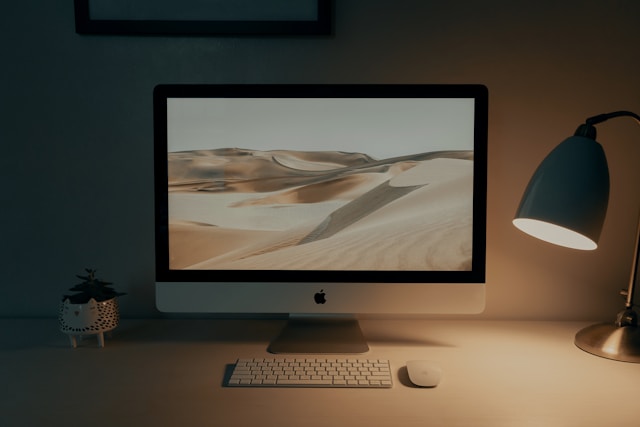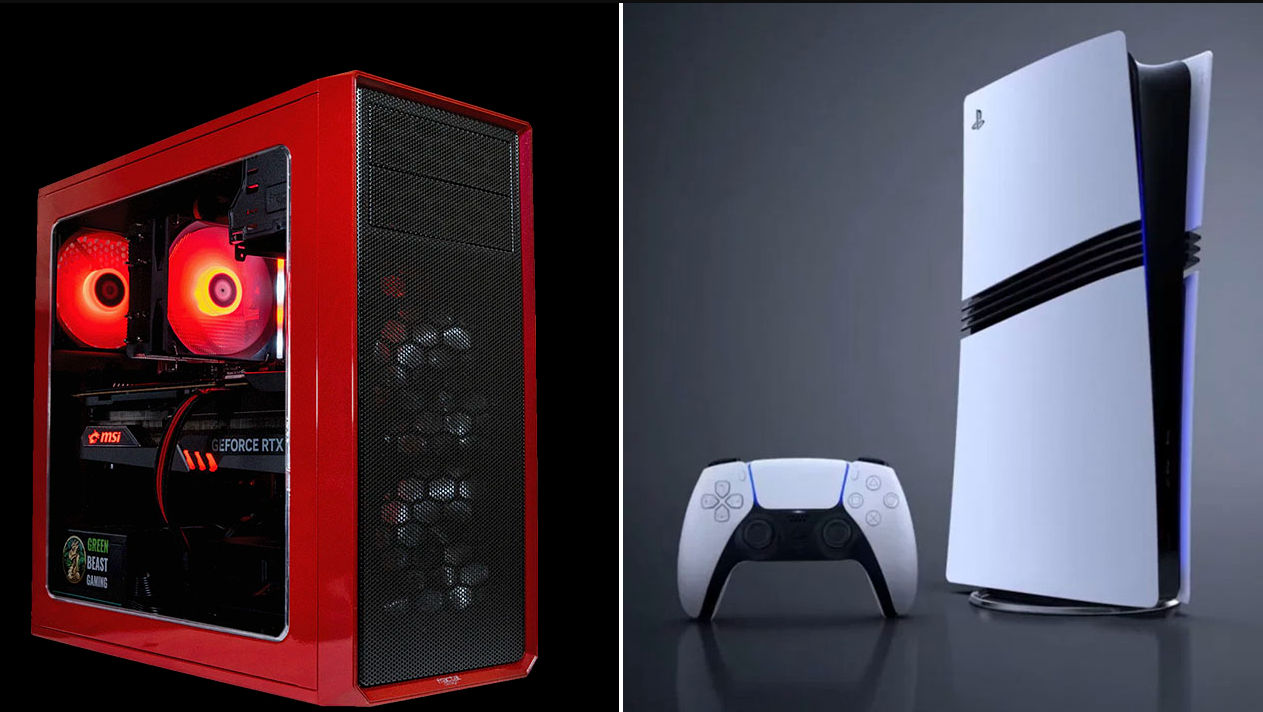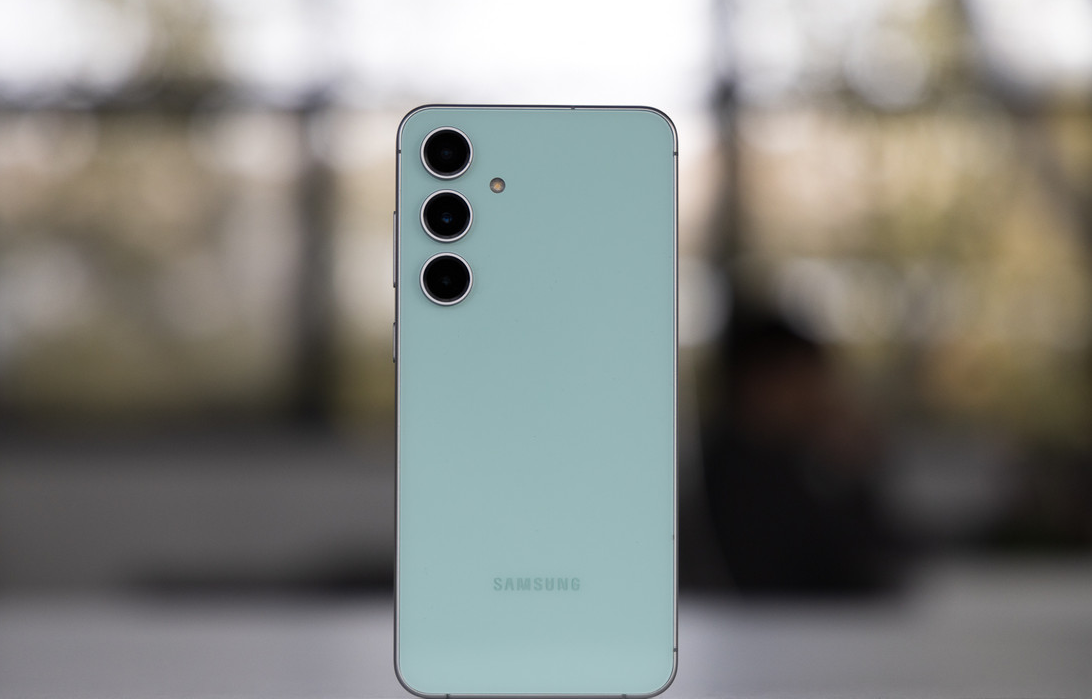When choosing a monitor for your computer, there are many important parameters and features to consider depending on your needs. Different types of monitors are designed for different tasks, and the right choice will help ensure comfortable use and optimal picture quality.
Important parameters and characteristics

Resolution
Resolution determines the number of pixels on the screen. High resolution (e.g. Full HD, 4K) provides sharper images and more detail.
There are several common types of monitor resolutions, each with different features and applications:
- HD (720p): A resolution of 1280×720 pixels. Commonly used in low-cost monitors and televisions. Rarely used for computer monitors today.
- Full HD (1080p): 1920×1080 pixel resolution. One of the most popular resolutions, it provides a good combination of detail and size of elements on the screen.
- Quad HD (1440p): 2560×1440 pixel resolution. Provides high definition and detail, especially on medium and large diagonal monitors.
- 4K Ultra HD (2160p): 3840×2160 pixel resolution. Has four times the pixel density of Full HD for stunning detail and is suitable for high-definition content.
- 5K and 6K: Resolutions of 5120×2880 and 6144×3456 pixels respectively. Use for professional applications such as graphic design, video editing and 3D modelling.
- 8K Ultra HD: A resolution of 7680×4320 pixels. This is the extreme resolution used for professional applications requiring maximum detail.
Screen size
The size of the screen affects your comfort when working or playing games. The diagonal of a monitor is measured in inches. Typically, 24–27 inches is suitable for most tasks. Depending on your preferences and needs, you can choose from the following types of screen sizes:
- Small (up to 24 inches): Monitors of this size are ideal for compact desktops or office tasks. They can be a good option for limited spaces.
- Medium (24-27 inches): This is the most popular size of monitors. They provide a good balance between size and detail. Suitable for office tasks, content viewing and gaming.
- Large (28-34 inches): Monitors of this size create an immersive effect and are particularly useful for gaming and watching films. They can also be useful for professional tasks that require a large working area.
- Extra Large (over 34 inches): Monitors with large screen sizes can maximise space for multitasking, professional tasks and immersive gaming experiences.
- Curved: Curved monitors have a curved screen, which creates a more natural sense of depth and perspective. They are especially popular for gaming monitors and larger monitors.
Refresh rate
The refresh rate of the monitor determines how many times per second it refreshes the image. A high refresh rate provides a smoother and more realistic display of moving objects. Here are some common types of refresh rates:
- 60 Hz: This is the standard refresh rate for most monitors. It provides good performance for office tasks and content viewing.
- 120 Hz and above: Monitors with refresh rates of 120 Hz and above allow fast movements to be displayed more smoothly. They are especially useful for gaming monitors where fast response and smooth gameplay are critical.
- Adaptive Sync (FreeSync and G-Sync): These adaptive synchronisation technologies allow the monitor to dynamically change the refresh rate depending on the performance of the graphics card. This eliminates tearing and stuttering artefacts when gaming.
- 240 Hz or higher: Some gaming monitors offer a refresh rate of 240 Hz or even higher. This provides the smoothest and most realistic display of fast moving objects.
Matrix type
The type of monitor matrix determines how the image is displayed on the screen and what characteristics it has. Here are some common types of matrix types:
- TN (Twisted Nematic): TN matrices offer fast response times and high refresh rates, making them popular among gaming monitors. However, they tend to have a smaller viewing angle and less accurate colour reproduction.
- IPS (In-Plane Switching): IPS matrices have wider viewing angles and more accurate colour reproduction, making them ideal for colour-intensive applications such as graphic design and photo-video editing.
- VA (Vertical Alignment): VA matrices combine good viewing angles with good colour reproduction. They provide deeper blacks and higher contrast than IPS, but may have longer response times.
- OLED (Organic Light-Emitting Diode): OLEDs provide stunning picture quality and rich colours because each pixel glows independently. They are often used in TVs and professional monitors, but can be expensive.
- MicroLED: This is the latest technology that promises high brightness, colour accuracy and long life. MicroLED monitors are not yet as widespread as other matrix types.
Colour rendition
The colour rendering of a monitor determines how accurately it can reproduce the colours of an image. Different monitors may have different colour rendering characteristics, and here are a few types:
- sRGB: This standard covers the basic spectrum of colours used in most websites and office applications. Monitors that support sRGB provide basic but reliable colour reproduction.
- Adobe RGB: This standard covers a wider range of colours than sRGB and is particularly useful for professional graphic design and photography applications.
- DCI-P3: This standard was developed for the motion picture industry and has an even wider range of colours. DCI-P3 compatible monitors provide rich and realistic colours.
- HDR (High Dynamic Range): This technology allows the monitor to reproduce a higher range of brightness and contrast, making colours more saturated and vibrant. HDR monitors are ideal for viewing high definition and high quality content.
- Calibration: Calibrating a monitor is the process of adjusting its colour settings to achieve the most accurate colour reproduction possible. Professional users often calibrate monitors to ensure colour accuracy in their work.
Ports and connectivity
A monitor’s ports and connections play an important role in its functionality and compatibility with other devices. Here are a few types of ports and connections that are commonly found on monitors:
- HDMI (High-Definition Multimedia Interface): This port allows you to transmit video and audio signals in high resolution. HDMI ports are widely used to connect monitors to computers, game consoles, TVs, and other devices.
- DisplayPort: DisplayPort also provides high-quality transmission of video and audio signals. It is often used on professional monitors and supports higher resolutions and refresh rates.
- USB-C: This universal port supports data, video and power transfer through a single cable. USB-C ports are often found on laptops and allow you to connect your monitor and other devices with a single cable.
- VGA (Video Graphics Array): This old analogue port is rarely used by modern monitors, but can be useful for connecting to older computers or projectors.
- DVI (Digital Visual Interface): DVI ports support the transmission of digital video signals and are often used among older models of monitors and graphics cards.
- Audio Jacks: Some monitors have audio jacks for connecting headphones or speakers.
- Thunderbolt: This port provides high-speed data, video, and power transfer. It is often used on monitors to connect to MacBooks and other devices.
Additional features

Some monitors have additional features such as built-in speakers, blue light protection, height and tilt adjustment.
Types of monitors
Gaming monitor

Gaming monitors are designed to immerse you in the world of gaming with high dynamics and realism. Important features include high refresh rates (120Hz and above), low input lag, FreeSync or G-Sync support for smoothing artefacts.
Monitor for work
Monitors for work and office tasks provide a comfortable display of text and images. It is important to choose a monitor with good colour reproduction (sRGB over 90%) and a robust panel for long term use.
Monitor for design and graphics
For designers, accurate colour gamut (Adobe RGB, DCI-P3) and high resolution for detail are important. Calibration out of the box or the ability to calibrate the monitor are additional pluses.
Monitor for Macbook and Laptops

Compatibility with your Macbook or laptop is an important aspect. Retina resolution monitors are often chosen for clarity. USB-C or Thunderbolt 3 support makes it easy to connect a laptop.
Choosing a monitor depends on your tasks and preferences. Gaming, work, design and laptop monitors have different characteristics. It is important to consider resolution, size, refresh rate and additional features for an optimal user experience.
Shop for a new monitor and get the maximum benefit with reBITme. We wish you a successful purchase!





